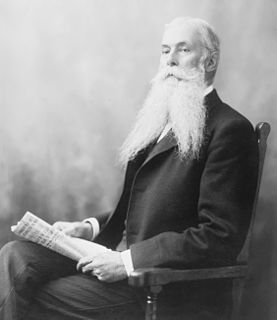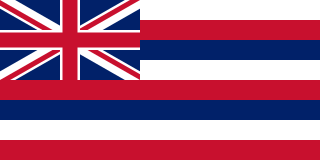| Minister of the United States to Hawaii | |
|---|---|
 Seal of the United States Department of State | |
Incumbent None | |
| Nominator | The President of the United States |
| Inaugural holder | John Coffin Jones Jr. as Agent for Commerce and Seamen |
| Formation | 1820 |
| Abolished | August 12, 1898 |
The United States Minister to Hawaii was an office of the United States Department of State to the Kingdom of Hawaii during the period of 1810 to 1898. Appointed by the President of the United States with the consent of Congress, the Minister to Hawaii was equivalent in rank to the present-day ambassador of the United States to foreign governments. As principal envoy of the United States government to the monarch of Hawaii, the Minister to Hawaii often dealt in affairs relating to economic, military and political matters affecting both nations. The Minister to Hawaii also represented the interests of American citizens residing and working in Hawaii, conveying their concerns over United States foreign policy to the President of the United States.
Contents
Two Ministers to Hawaii became paramount figures in the history of Hawaiian Islands. John L. Stevens, appointed by President Benjamin Harrison, was accused of being a conspirator in the overthrow of the monarchy of Queen Liliʻuokalani. James Henderson Blount, appointed by President Grover Cleveland, investigated the overthrow, submitting a report on July 17, 1893, resulting in the dismissal of Stevens from his foreign service career and the recommendation by Cleveland to restore the monarchy. Following Blount's report, and the refusal of the Provisional Government to abide by Cleveland's wishes, a Senate committee appointed by Cleveland to further investigate the matter exonerated Stevens and the U.S. peacekeepers from any role in the Hawaiian Revolution, submitting the Morgan Report on February 26, 1894. Following that final investigation on the matter, Cleveland rebuffed further requests from the queen for interference and engaged in normal diplomatic relations with both the Provisional Government and the Republic of Hawaii.






